The active volcano Kilauea, on the Big Island of Hawaii, is heating up. In the days between January 27 and February 1, 2024, scientists have observed more than a thousand earthquakes and ground deformation that indicate pulses of magma are moving at shallow depth beneath the surface. The Hawaiian Volcanic Observatory (HVO) is closely monitoring this activity and notes that because the summit of Kilauea is now pressurized by magma, an eruption could occur with little warning.
Kilauea ranks as the highest risk volcano in the United States and is among the world’s most active volcanoes – possibly even the most active. I’ve written a few blog posts describing Hawaiian volcanoes and Kilauea activity, specifically (a couple of these links here: Kilauea Stirring and Hotspots and Hawaiian Islands). Kilauea appears as a bulge on the southeastern flank of the giant, active Mauna Loa volcano (the largest volcano on the planet) but the smaller volcano has a separate magma plumbing system that extends deep into the earth for at least 40 miles (60 km). The eruption history of Hawaiian volcanoes is a fascinating story.
In the most recent 2024 activity in the summit region of Kilauea, earthquakes have occurred at extremely shallow depths of 1 to 2 miles (1.5 to 3 km), with magnitudes ranging from less than 1 to 3.4 – large enough to be felt by people in the surrounding communities. The earthquakes are migrating, and lining up, possibly in the form of two parallel dikes, the sheet-like structures that encompass magma. There is an excellent description of the recent activity in a post by Héctor Sacristán, The Kilauea dike of 2024, on the Volcano Café blog – one of my favorite places to learn about volcanoes (including, the latest on activity in Iceland). Check it out! And time will tell what will happen next on the island of Hawaii.
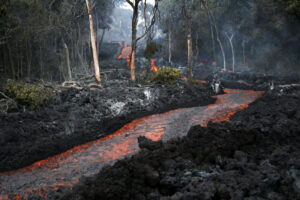
Stream of lava from Kīlauea Volcano on February 28, 2008 flowing through the forest in the Royal Gardens subdivision, . The lava stream is about 3 m (10 ft) wide. (Wikimedia)

Kilauea is the home of the Hawaiian volcano goddess, Pele
If you liked this post, please share it and/or leave a comment or question below and I will reply – thanks! And if you’d like to receive a message when I publish a new post, scroll down to the bottom of this page, and leave your email address on my website. Join now to learn more about geology, geography, culture, and history.
SOURCES
https://www.usgs.gov/volcanoes/kilauea, accessed February 1, 2024
Feature photo of Kilauea caldera on May 30, 2012 by Patricia Matin Nieto. https://commons.wikimedia.org/wiki/File:Kilauea.jpg
Photo of stream of lava from Pu‘u ‘Ō‘ō flowing through the forest in the Royal Gardens subdivision, February 28, 2008. Kīlauea Volcano, Hawai‘i. https://www.usgs.gov/media/images/stream-lava-pu-u-flowing-through-forest-roy
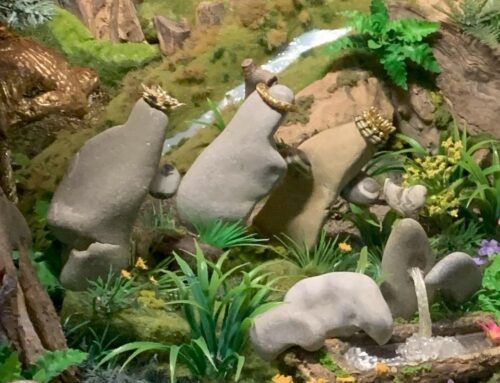

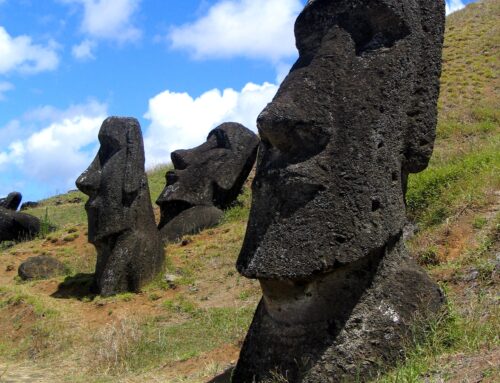

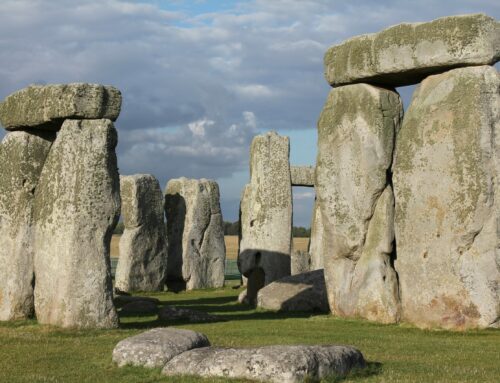
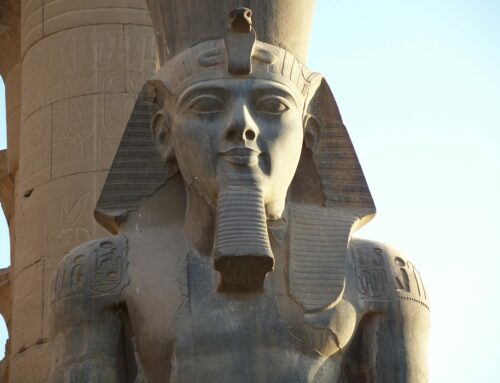
Particularly interested in this post, as my wife and some of her training partners are heading to the Big Island in early April for the Lavaman triathlon. Perhaps they’ll get to experience some of this firsthand.
Thanks, Steven. Could be an interesting time!
Thanks for this. We used to live on the big island during the seventies. We had breakfast one morning at the Volcano House Restaurant when Kilauea was shooting hundreds of feet into the air. Dr Don Peterson was the scientist in charge of the volcano Observatory at that time. One of our friends was a scientist at the observatory and he took us for some hikes out onto the lava.
Thanks for the comment, Ron. Sounds like a spectacular scene!